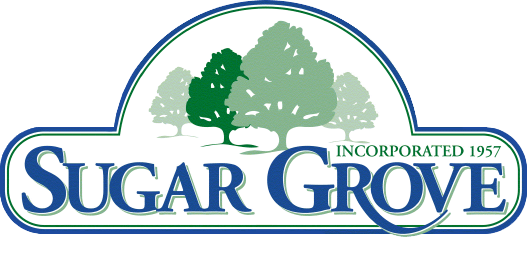Online Utility Bill Payment - Click here for details
Stormwater Overview
Where Stormwater Comes From
Storm events generate precipitation in many forms – rain, sleet, snow, or hail. As rain reaches the ground surface, or other forms of precipitation melts, the water can either infiltrate into the ground or become stormwater runoff. The amount of stormwater runoff generated from a storm or from melting snow and ice depends on many factors, including the quantity of rainfall, the duration of the storm or how quickly the rainfall reaches the ground, and the condition of the ground.
The condition of the ground impacts how much precipitation can infiltrate. This is an important factor because any water that can’t infiltrate into the ground will become stormwater runoff. Ground condition is dependent on several factors:
- Surface material – Some materials, such as grass, allow water to infiltrate, while others, such as asphalt pavement, do not.
- Land slope – Water travels more quickly over ground with a steeper slope, allowing less time to infiltrate. The longer water is able to pond in an area, the more time it will have to infiltrate into the ground.
- Underlying soil – Some soils, such as sand or gravel, have more space to hold water and are therefore better for infiltration than others, such as clay.
- Moisture – Soils have a finite space in which to hold water. As water infiltrates the ground, it becomes saturated and no additional water is able to infiltrate.
- Temperature – Water cannot infiltrate into frozen ground as well as it can into non-frozen ground.
Where Stormwater Goes
In Sugar Grove, most stormwater eventually flows to the river. Many years ago, before the community was developed, stormwater flowed over the land to creeks and streams leading to the river. As the Village developed, a Stormwater Management System was put in place to collect, store and direct stormwater runoff towards creeks, streams and the river in a manner which provides flood protection for homes and businesses.
The Village’s Stormwater Management System is made up of a network of swales and ditches, storm sewers, detention basins and overflow routes, including the village streets. The function of each of these components is described below:
- Swales and Ditches – Swales are small, grass lined channels that carry water. Ditches are larger channels that have the same function but are designed to carry more water than swales.
- Storm Sewers – Stormwater runoff from roadways, parking lots, sidewalks and lawns are usually collected by a storm sewer. The storm sewer consists of a network of inlets on the surface covered by a grate that empty into a series of storm sewer pipes. Storm sewers are designed to contain and transport stormwater from most typical storm events. Most storm sewers deposit runoff into detention basins before the water continues through the Stormwater Management System.
- Detention Basins – A detention basin is an area where stormwater may be quickly collected but slowly released to minimize the impact on the surrounding area. Detention basins may be a pond that fills with additional water during a storm event, or a dry area that temporarily holds water during a storm event. Dry detention basins may include parks, business parking lots and portions of residential yards.
- Overflow Routes – During an unusually long or heavy storm event, the amount of stormwater runoff may exceed what the swales and ditches, storm sewers and detention basins can accept. A network of overflow routes including side yards, rear yards, and streets has been established to allow the excess runoff to reach creeks, streams and the river without damaging structures.
Learn More
To learn more stormwater management in Kane County and how you can help to keep our water clean, click here.
Administration/Finance
160 S. Municipal Drive, Suite 110
Sugar Grove, IL 60554
P 630-391-7200 F 630-391-7210
Hours 8:00 a.m. to 4:30 p.m.
Police
10 S. Municipal Drive
Sugar Grove, IL 60554
P 630-391-7250 F 630-391-7266
Hours 8:00 a.m. to 4:30 p.m.
Community Development
601 Heartland Drive
Sugar Grove, IL 60554
P 630-391-7220 F 630-391-7245
Hours 8:00 a.m. to 4:30 p.m.
Public Works
601 Heartland Drive
Sugar Grove, IL 60554
P 630-391-7230 F 630-391-7245
Hours 8:00 a.m. to 4:30 p.m.
Economic Development
601 Heartland Drive
Sugar Grove, IL 60554
P 630-391-7240 F 630-391-7245
Hours 8:00 a.m. to 4:30 p.m.
©2021 Sugar Grove







